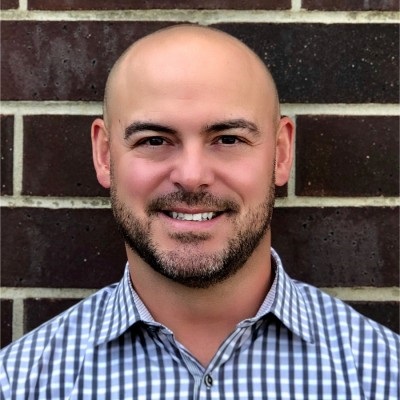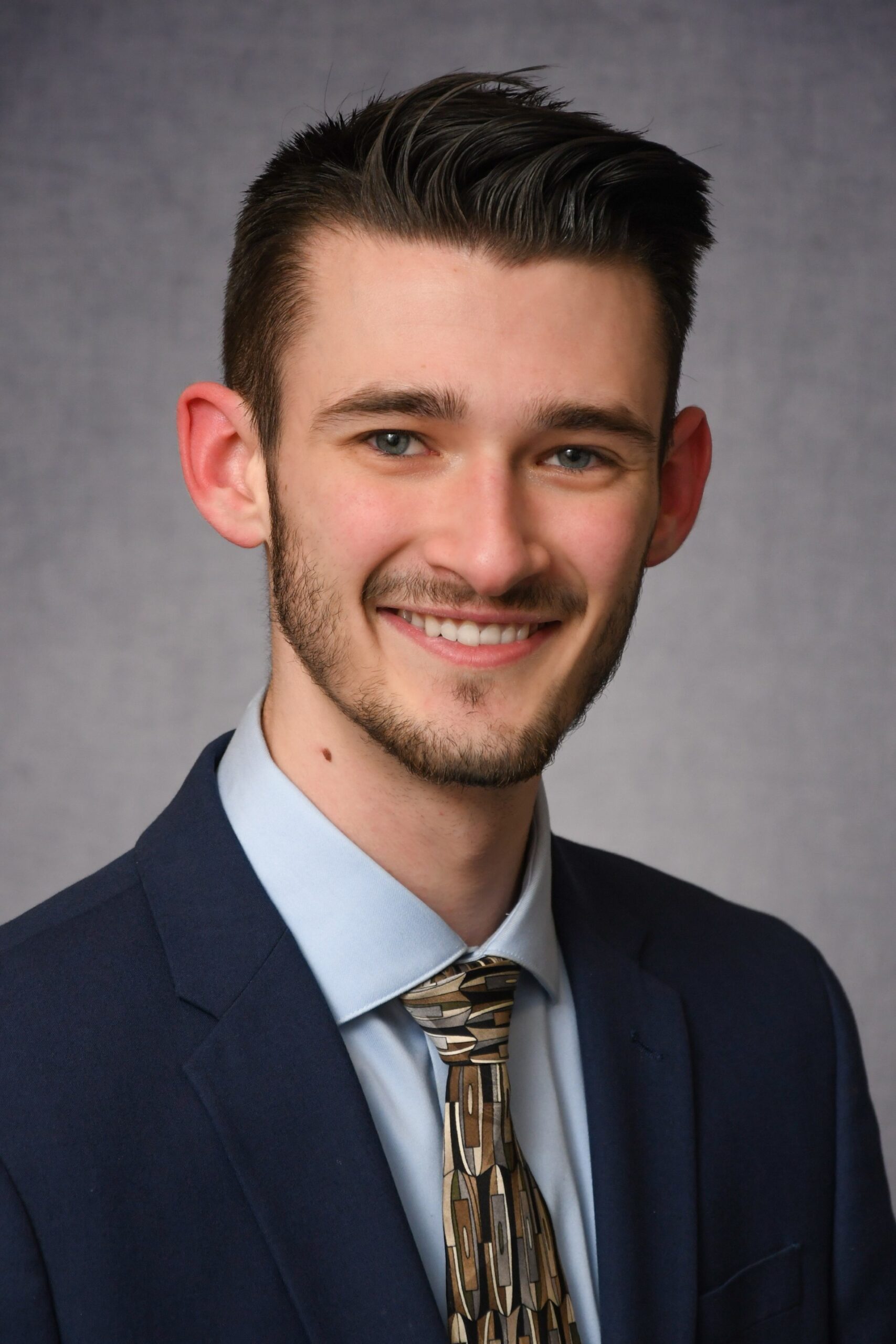A statement of values (SOV) is a declaration to insurance providers indicating which properties your entity intends to insure. For risk management professionals concerned about property risk exposures, an up-to-date, accurate SOV is critical.
Maintaining basic information and insurable values alongside detailed property data can help ensure your organization is receiving the proper insurance coverage at the best rates. Here are three ways you can ensure your SOV is working for you.
The Value of Basic Building Information
An SOV must include at least a name, address, square footage, occupancy and replacement cost for each property listed. To help ensure you are properly insured, there are a few things you can look for among this basic data.
At the highest level, make certain that all properties you wish to insure are reflected on your SOV and the properties you no longer wish to insure are removed. You’d be surprised how often these scenarios occur.
Taking a deeper dive, it is worth examining your data for replacement costs which are really low or really high as well as square footage numbers which are rounded significantly. Having erroneous information in these fields may mean you are over- or under-insuring your property.
ISO Construction Class Matters
ISO Construction Classifications correspond with the combustibility of a building. Two important factors in determining a building’s ISO Construction Class are the material used in the construction of the building and the amount of time a passive fire protection system can withstand a standard fire-resistance test.
Providing an underwriter with a building’s ISO Classification allows them to better estimate the potential for and the amount of damage that might be caused by a fire. In a building with a classification of 1 (Frame/ Combustible) a fire will spread more quickly and damage more of the building than in a building with an ISO Classification of 6 (Fire Resistive). Pair that with additional COPE (Construction, Occupancy, Protection, Exposure) data like nearest fire hydrant and an underwriter can really get a true picture of your fire-related exposures. Buildings which are less susceptible to damage from fire can be insured at a more favorable rate than a building which may sustain more damage.
Collecting Secondary COPE Data Can Help
COPE data includes characteristics such as type of construction material used, number of stories, fire protection and more. Secondary COPE characteristics relate to the building’s susceptibility to damage from windstorms or seismic activity. Both COPE and secondary COPE data help present the likelihood that an organization will experience losses due to a catastrophic event and quantify the potential property losses. In the absence of this data, some insurers and catastrophe modeling programs automatically assume a worst case scenario.
For example, providing underwriters with data like roof pitch, presence of roof straps, details about windows and presence of objects that may become missiles help these modeling programs better understand the likelihood that your building will sustain damage in the event of high winds. As with ISO Construction Class, buildings which are less susceptible to damage from windstorms or seismic events can be insured at a more favorable rate than a building which may sustain more damage.
In addition to helping secure the right insurance coverage at the best rate for your organization, an accurate statement of values supports informed decision making, provides proof-of-loss documentation, gives you more insight into your risk exposures, and can help speed up processes like renewals and claims.

Shaun Callahan
Vice President, AssetWorks Risk Management Inc.
Summary of Qualifications
Shaun currently serves as vice president of business development for AssetWorks Risk Management Inc. In this role, Shaun oversees the contractual agreement, budgetary control, and project execution of the property insurance appraisal and risk management software businesses. Prior to this role, Shaun spent many year conducting and managing property insurance appraisal projects for risk pools, States, and other public entities. Throughout the year, you can find Shaun at industry conferences like AGRiP, STRIMA, PRIMA, or RIMS.
Education
Bachelor of Arts Degree, Bethany College, West Virginia



